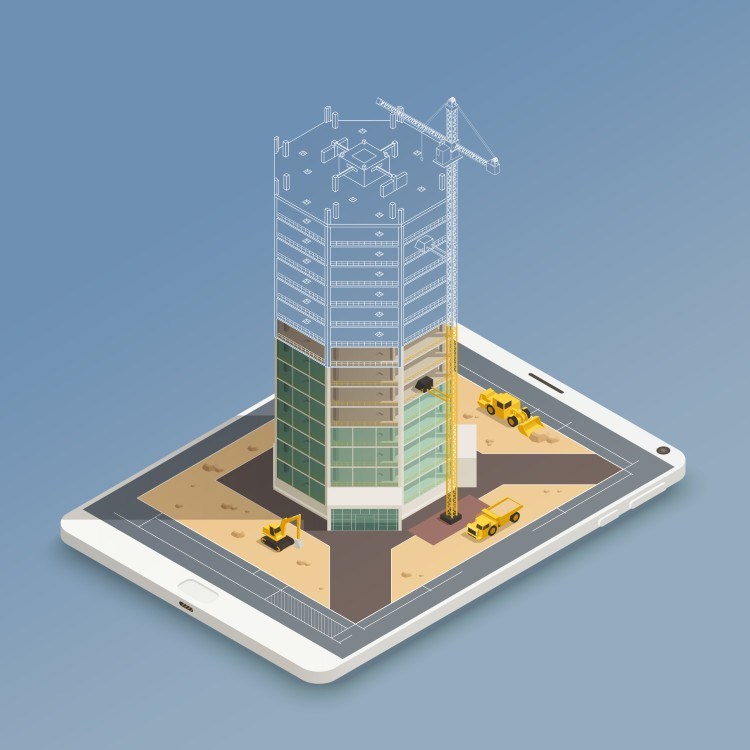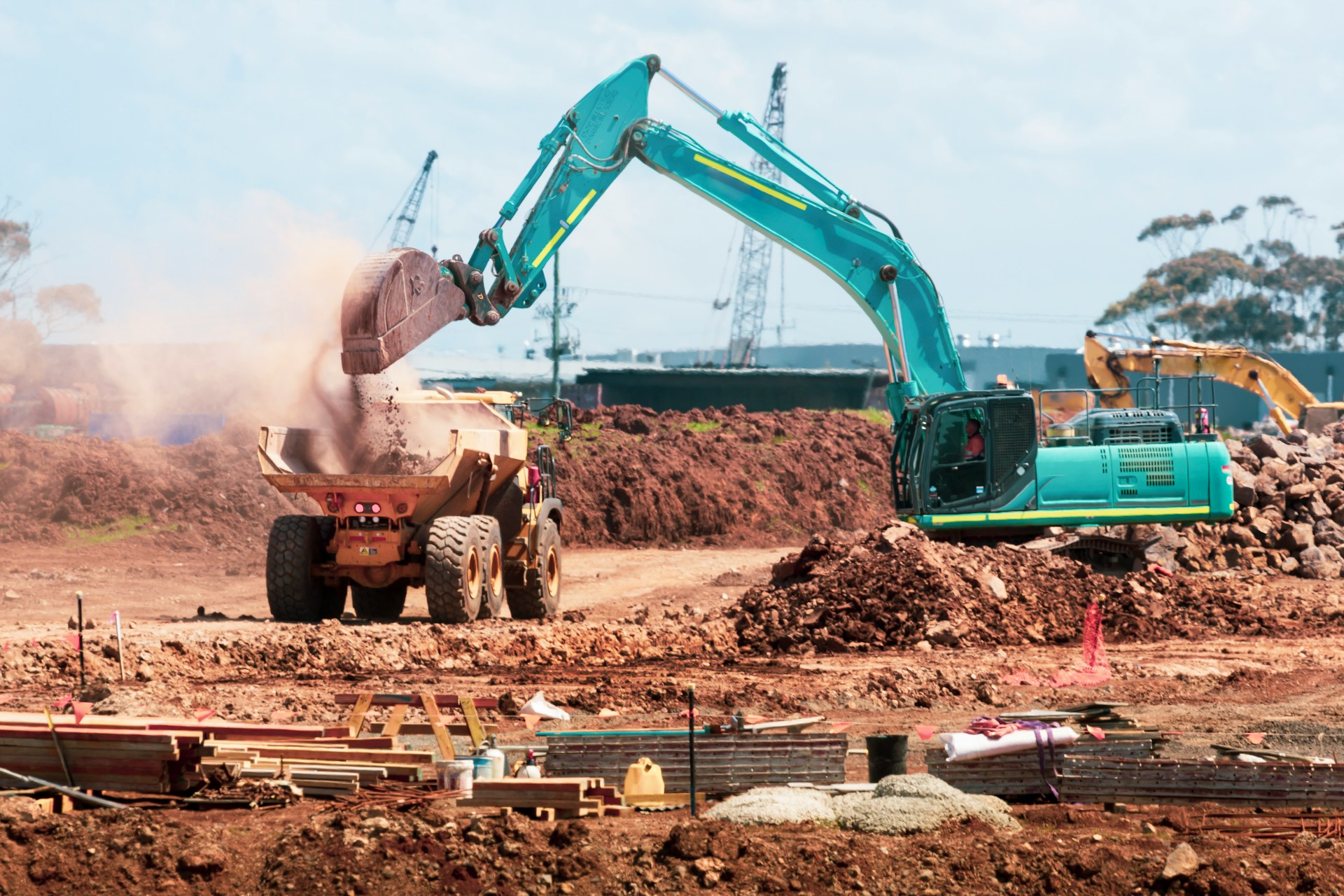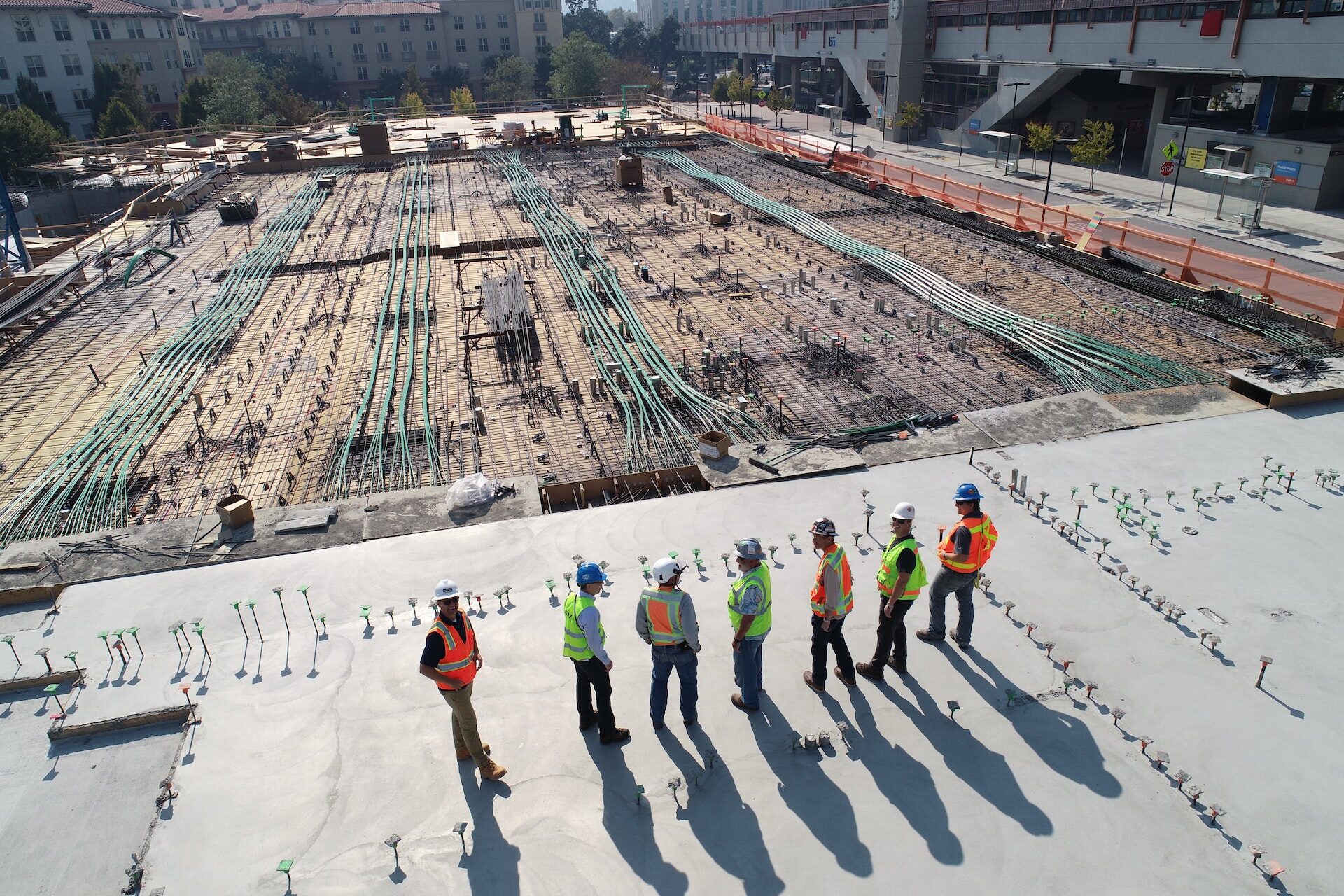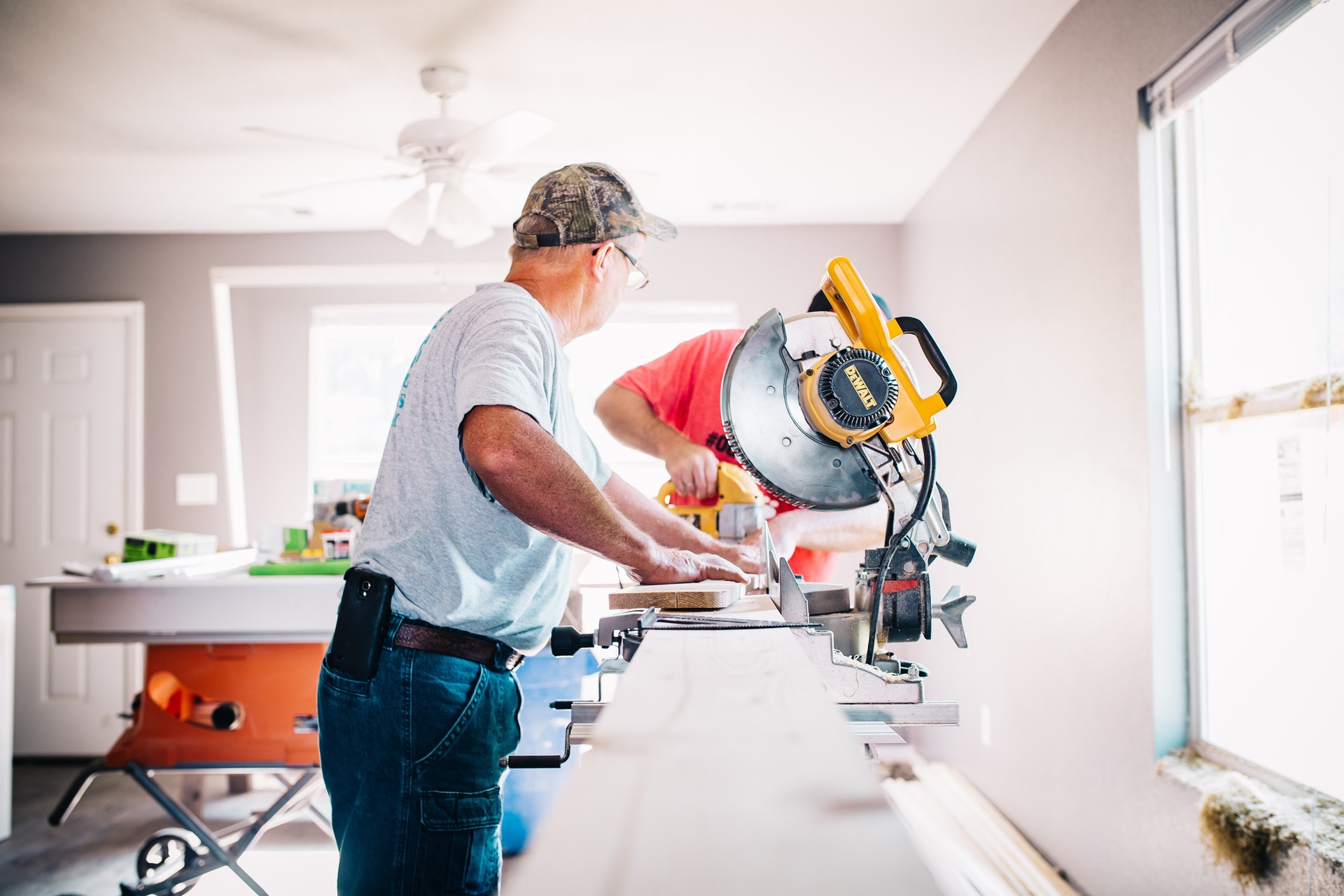
How Can Augmented Reality Really Help Architects and Contractors?
June 25, 2020 - Emily Newton
Revolutionized is reader-supported. When you buy through links on our site, we may earn an affiliate commision. Learn more here.
Augmented reality uses cameras or heads-up displays to project virtual items into the real world. This is generally relegated to the gaming and retail industries. While it has plenty of applications for both of those sectors, advances in AR technology have started to expand into everything from architecture and contracting to aerospace. How does the construction industry benefit? Here are some ways to employ augmented reality in construction.
AR Measurements
There is no replacement for traditional measurement tools. However, if you don’t have a tape measure or ruler handy but do have your iPhone, you can still complete basic measurements in real-time. All you need is your cell phone camera and an AR measurement app.
This can be a valuable tool for both architects and contractors, allowing them to take measurements and draw plans by projecting the virtual measuring tools onto a real room. There’s no need to haul an entire bag of drafting and measuring tools for a quick assessment.
Cross-Discipline Collaboration
Collaboration between contractors and architects has always been challenging. If changes needed to be made to a design, it took bringing both sides together to agree on alterations. This process could take quite a while, delaying construction and pushing deadlines back.
Augmented reality exists exclusively in a digital space. Another benefit of that space is sharability. Instead of having to get everyone around the table to go over physical blueprints, both parties can make changes to the design in real-time, regardless of their respective locations. Both architects and contractors can use AR headsets to project the changes onto the partially finished project. This allows them to see how it will impact deadlines and productivity.
Seeing What We Lost
In 2011, Christchurch, New Zealand, suffered a devastating 6.3 magnitude earthquake. Many older buildings throughout the city were destroyed. While this was long before the current AR heyday, the University of Canterbury released one of the earliest AR tools for city planners and recovery workers in the wake of this disaster.
CityViewAR allowed engineers and planners to see what the city looked like before the quake. This helped them more accurately judge how devastating the earthquake actually was. People could also use AR to organize search and rescue in collapsed buildings. Australia still uses CityViewAR to this day for things like construction and to investigate earthquake damage.
From 2D to 3D in a Snap
While there are programs that allow architects and contractors to turn 2D blueprints into 3D models, they’re often expensive and not particularly user-friendly. Augmented reality in construction takes all the guesswork out of this process. It even works on mobile devices, as long as they have a camera.
If you’ve got a blueprint for a project or design, all you need to do is view it through a smartphone or tablet camera and the Augment app. It automatically generates a 3D model of the 2D plan. This technology won’t just make it easier to picture how these projects will look when complete. It can reduce or eliminate the need for costly and time-consuming scale model prototypes.
Eliminating Complex Assembly Manuals
Augmented reality can be valuable for contractors and architects but has uses far beyond the construction industry. With something as simple as an AR headset, companies can eliminate the need for complex and obsolete physical assembly and instruction manuals. Instead of following the steps, an AR headset like Google Glass or Microsoft HoloLens can project the instructions right onto the items being assembled.
This has already made a splash in the aerospace industry, with NASA using AR assembly instructions to put together the Orion deep-space exploration craft. It could also find uses in the construction and architecture industries, especially as new designs and techniques start to make their way into both of these sectors. As prefabricated structures become more commonplace, AR assembly manuals can make that process a bit more streamlined.
The Future of Augmented Reality in Construction
Augmented reality is a fairly new technology — at least, in its current incarnation. The military and sportscasters have been using AR for decades, but it’s taken this long to become available to the average consumer. It is just starting to make a splash in the contracting and architecture sectors. Only time will tell what awesome ideas come from this union of technology and tradition.
Many of the tools that contractors and architects use to augment their own craft are available to consumers, making them invaluable tools for DIYers everywhere. They work well in a variety of projects, and the applications seem to be endless. Augmented reality in construction has paved the way for additional uses.
The future of augmented reality in the construction and architecture industries remains to be seen, but it’s looking bright.
Featured Image Credit: Technology vector created by macrovector via Freepik
Revolutionized is reader-supported. When you buy through links on our site, we may earn an affiliate commision. Learn more here.
Author
Emily Newton
Emily Newton is a technology and industrial journalist and the Editor in Chief of Revolutionized. She manages the sites publishing schedule, SEO optimization and content strategy. Emily enjoys writing and researching articles about how technology is changing every industry. When she isn't working, Emily enjoys playing video games or curling up with a good book.




